In the heart of Rabat, the capital city of Morocco, stands the Hassan Tower, a monumental structure that captures the imagination and offers a glimpse into the grandeur of a bygone era. This incomplete minaret, part of an ambitious 12th-century mosque project, is one of the city’s most iconic landmarks and a testament to the rich history and architectural prowess of the Almohad dynasty.
An Ambitious Vision: Hassan Tower, or Tour Hassan, was commissioned by Sultan Abu Yusuf Yaqub al-Mansur in 1195, during the peak of the Almohad Caliphate. The sultan envisioned the tower as the crowning jewel of what was intended to be the world’s largest mosque. The minaret was designed to reach a height of 86 meters (282 feet), mirroring the grandeur of the Koutoubia Mosque in Marrakech and the Giralda in Seville, both also constructed under Almohad rule.
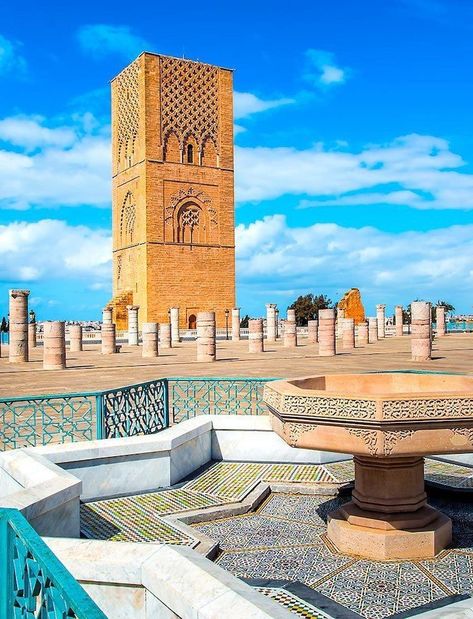
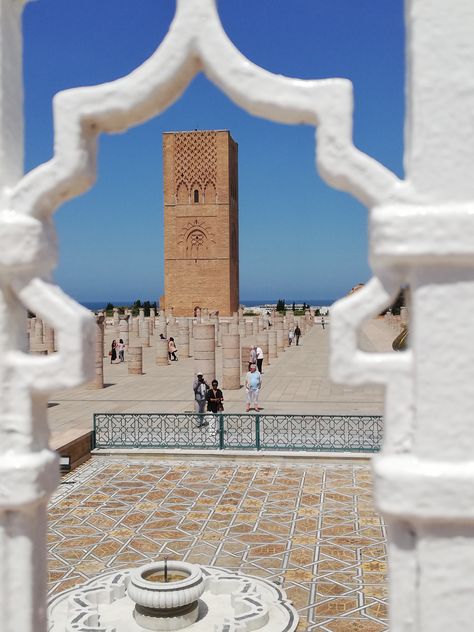
Architectural Grandeur: Standing at 44 meters (144 feet) tall, the Hassan Tower is an impressive sight, even in its unfinished state. The red sandstone structure features intricate Islamic geometric patterns and calligraphy, showcasing the artistic and architectural sophistication of the period. The tower’s design includes ramps instead of stairs, allowing the muezzin (the person who calls Muslims to prayer) to ride a horse to the top.
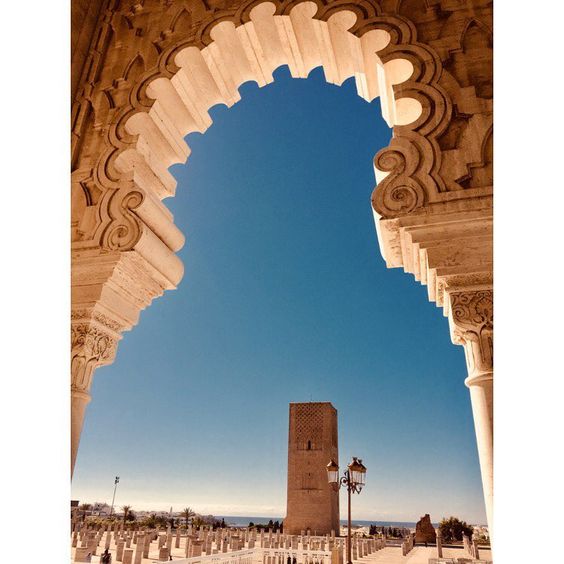
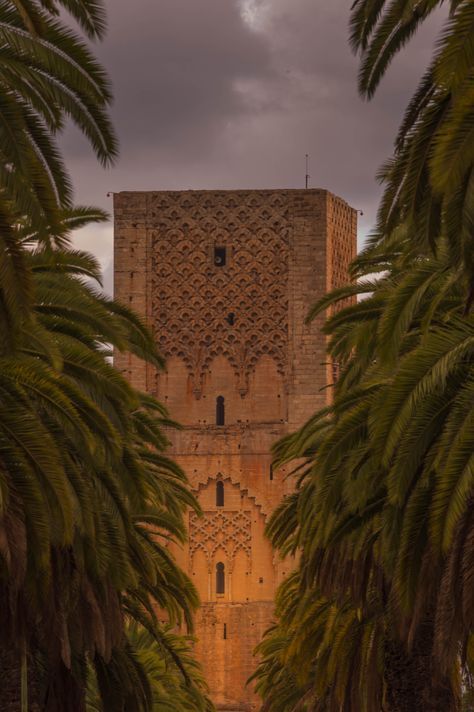
The Unfinished Marvel: Construction of the Hassan Tower and its accompanying mosque was abruptly halted in 1199 following the death of Sultan Yaqub al-Mansur. At the time of the sultan’s death, the tower had reached approximately half of its intended height, and the mosque was left incomplete. What remains today are the tower, a series of columns, and the foundation of what would have been an enormous prayer hall, capable of accommodating up to 20,000 worshippers.
A Symbol of Historical Legacy: Despite its unfinished state, the Hassan Tower is a powerful symbol of Morocco’s rich historical and cultural legacy. It stands alongside the Mausoleum of Mohammed V, the resting place of the current king’s grandfather and father, which adds to the site’s significance. The mausoleum, completed in 1971, is a masterpiece of modern Alaouite architecture, featuring a stunning white silhouette adorned with traditional Moroccan motifs.

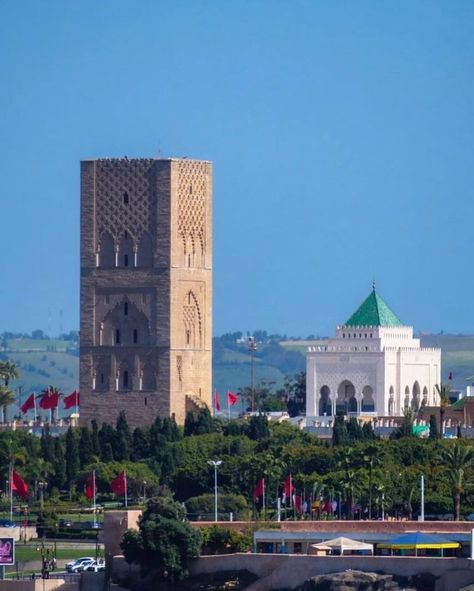
A Modern-Day Attraction: Today, Hassan Tower is one of Rabat’s most visited attractions, drawing tourists, historians, and architecture enthusiasts from around the world. The site offers a peaceful retreat with panoramic views of the Bouregreg River and the Atlantic Ocean. The contrast between the towering minaret and the array of columns below provides a poignant reminder of the ambitious vision that was never fully realized.
Cultural and Spiritual Significance: Beyond its architectural and historical significance, Hassan Tower holds a deep cultural and spiritual resonance for Moroccans. The tower and the surrounding esplanade serve as a venue for national ceremonies and cultural events, reinforcing its status as a symbol of Moroccan identity and pride.
Visiting Hassan Tower is a journey into the past, offering a fascinating insight into the grand ambitions of the Almohad dynasty and the enduring beauty of Islamic architecture. As you walk among the towering columns and gaze up at the majestic minaret, you can’t help but marvel at the vision and craftsmanship that have left an indelible mark on Rabat’s skyline.

